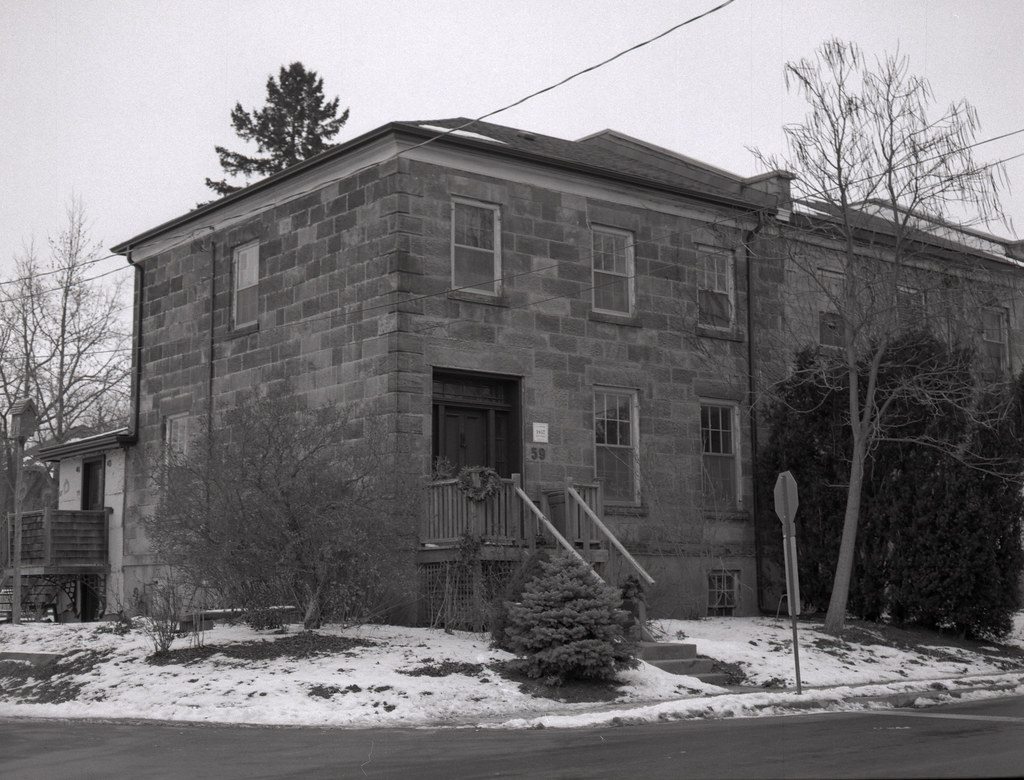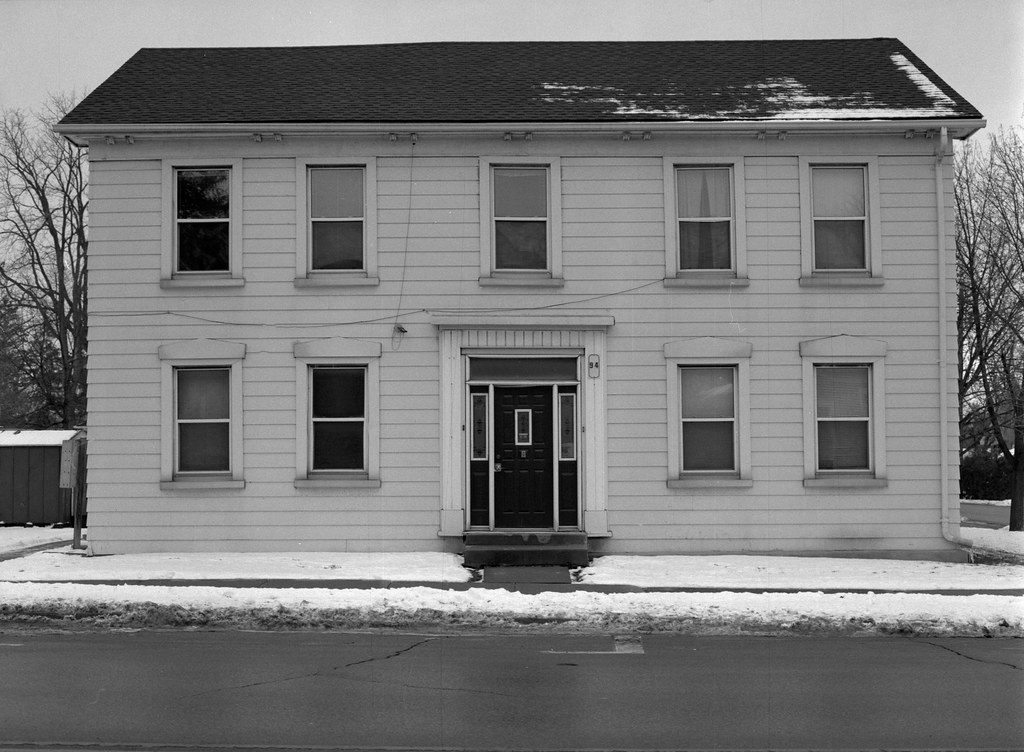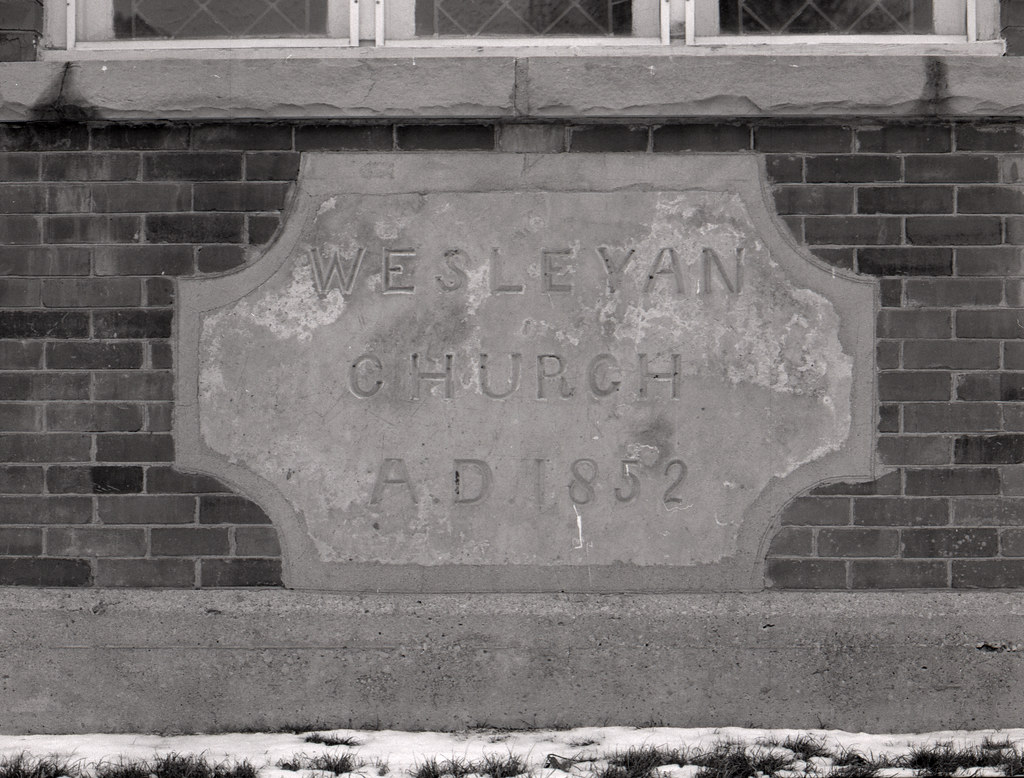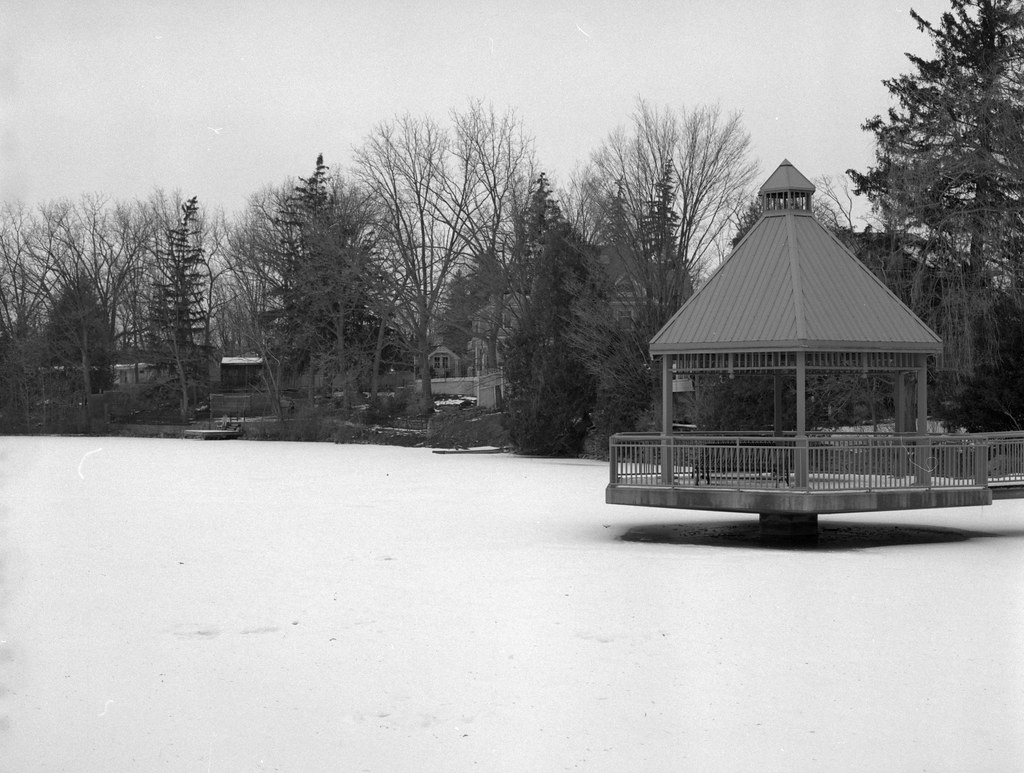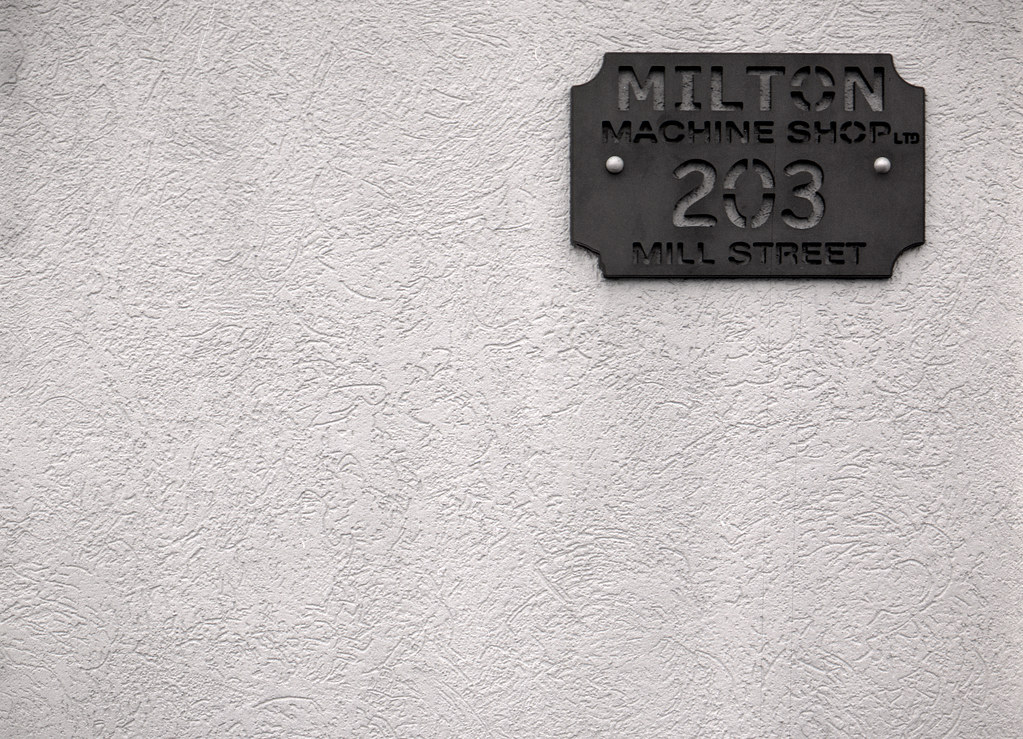It only makes sense that the iconic Mamiya m645 grew up, and ended up being a perfect camera that blends the traditional film and modern digital photographic market. I am of course talking about the Mamiya 645 AF-D III. The AF-D III is by far the newest and most advanced camera I’ve had a chance to review in these blogs and well worth the wait. The camera is the medium format camera for the 21st-Century hybrid shooter as it can accept both traditional medium format film and digital backs. The penultimate iteration of the classic wedding photographer workhorse that will pay for itself if you care to invest in the system and a joy to work with. Thanks to James Lee for loaning this beauty out.
Disclaimer: This is an old review, and is scheduled for an update and may look funny during that update. However, due to a large number of reviews that require this update it may take some time. Please be patient during this process as the reviews may appear incomplete and in flux during the update procedure.
The Dirt
Make: Mamiya
Model: 645 AF-D III
Type: Single Lens Reflex
Format: Medium Format (120/220), 6×4.5
Lens: Interchangeable, Mamiya 645 AF Mount
Year of Manufacture: Post-2001
The Good
Like the Nikon F4 bridging the divide between auto-focus and manual focus professional 35mm SLRs, the 645 AF-D III bridges the divide between film and digital in the professional medium format market. The camera features few menus, opting for buttons or dials operations of all the major functions and the camera controls are well laid out and easy to figure out what does what without too much referencing the manual. The camera has an amazing metering system and autofocus that is snappier than I expected. While the optics aren’t anything special, they are decent for the job. And the camera is well balanced and fits well in hand and handles well; I could shoot the camera all day at a wedding and not get tired. But the one thing that sells me on the camera is that it uses proper magazines, you can swap out mid-roll, you could even go right from shooting film to shooting a digital back without blinking. Plus when shooting film, you get the full 16-shots on a roll unlike the m645, and the magazines accept both 120 and 220 film with just switching around the pressure plate. And a final bonus feature is the imprinting of the exposure data in the rebate area of the film, you can also find this on newer Pentax 645 cameras.
The Bad
I always try to come up with a couple of poorer points of a camera but in this case, I can only a few little tiny annoying feature. First is setting the ISO settings on the film magazines it a bit fiddly with the small buttons that you need to use a fingernail to operate and the fact that the film back requires a battery as well it a bit annoying. I also think the placement of the strap lugs could be moved to be parallel to the darkslide so that the camera hangs on the chest with the bottom flush instead of having the back fo the film magazine against the chest with the camera sticking out awkwardly. But if that’s all I can come up with, then you have what I like to call a near perfect camera.
The Lowdown
If I did a lot more professional work, or photography was my primary source of income, then this camera system would be one that I would certainly invest in. First off the system is still supported by Mamiya/Leaf/PhaseOne and a 22 megapixel digital back is more than enough for anything you need to do these days, plus the option to still shoot film makes the camera very attractive. While rare on the used market, when you do come across them, the price is reasonable, a kit might set you back about two grand, which is certainly cheaper than a Hasselblad digital system. Which makes it a camera system that will last you for a while and keep on pumping out quality images with the right person behind it.
All Photos Taken in Milton, Ontario
Mamiya 645AF-D III – Mamiya 645 AF 80mm 1:2.8 – Fomapan 100 @ ASA-100
Kodak TMax Developer (1+9) 8:00 @ 20C

